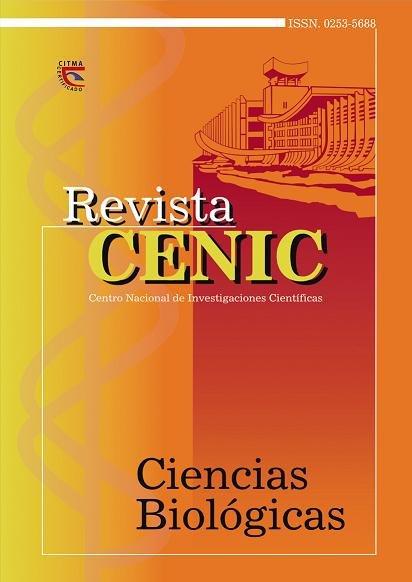Microbiological and molecular characterization of the anaerobic community during the co-fermentation of agricultural residues with the addition of clays to obtain methane
Abstract
The anaerobic fermentation of agriculture and manure wastes for methane production depends on nutritional conditions to establish and develop the microbial community. Hence the objective of this work was to analyze the effect of the anaerobic co-fermentation of manure and straw with clay addition on microbial community diversity at different temperature conditions. Anaerobic cultures were performed in batch at 35 and 55 ºC. It was analyzed the anaerobic sludge by measuring methanogenic and non-methanogenic activity in microbial growth with differential substrates (methanol, acetate and formic acid/H2-CO2) as well as applying molecular techniques such terminal restriction fragment length polymorphism (T-RFLP). The results showed that methanogenic and non-methanogenic activity illustrated the microbial community behavior under specific temperature and mineral addition assayed. The hydrolytic activities using cellulose as substrate showed that under thermophilic condition cellulolytic bacteria was favored. The hydrolytic and glycolytic activities were different and at both temperatures. The differential growth and the T-RFLP analysis results showed the effect of the anaerobic co-fermentation of manure and straw with clay addition on microbial community diversity at different temperature conditions. Both assays suggest the prevalence of acetotrophic methanogens in mesophilic condition, belonging to the order Methanosarcinales (genera Methanosarcina and Methanosaeta) whereas at thermophilic conditions it was showen the prevalence of Methanomicrobiales and Methanobacteriales orders.
Downloads

Downloads
Published
How to Cite
Issue
Section
License

This work is licensed under a Creative Commons Attribution-NonCommercial-ShareAlike 4.0 International License.
Los autores que publican en esta revista están de acuerdo con los siguientes términos:
Los autores conservan los derechos de autor y garantizan a la revista el derecho de ser la primera publicación del trabajo al igual que licenciado bajo una Creative Commons Atribución-NoComercial-CompartirIgual 4.0 Internacional que permite a otros compartir el trabajo con un reconocimiento de la autoría del trabajo y la publicación inicial en esta revista.
Los autores pueden establecer por separado acuerdos adicionales para la distribución no exclusiva de la versión de la obra publicada en la revista (por ejemplo, situarlo en un repositorio institucional o publicarlo en un libro), con un reconocimiento de su publicación inicial en esta revista.
Se permite y se anima a los autores a difundir sus trabajos electrónicamente (por ejemplo, en repositorios institucionales o en su propio sitio web) antes y durante el proceso de envío, ya que puede dar lugar a intercambios productivos, así como a una citación más temprana y mayor de los trabajos publicados (Véase The Effect of Open Access) (en inglés).














